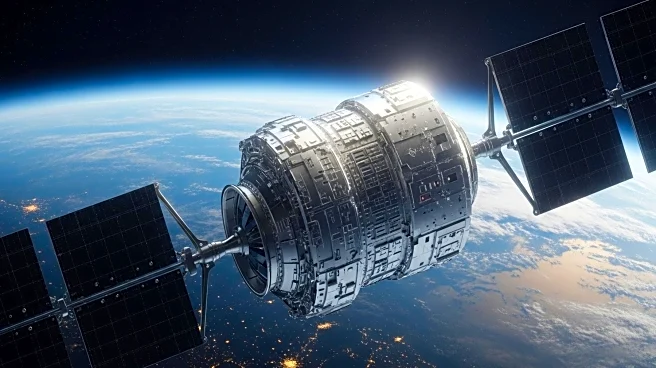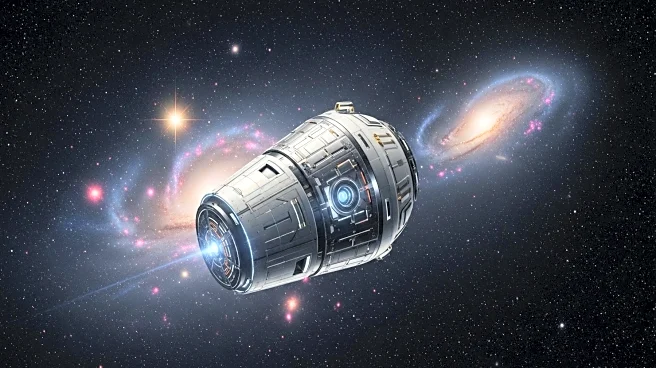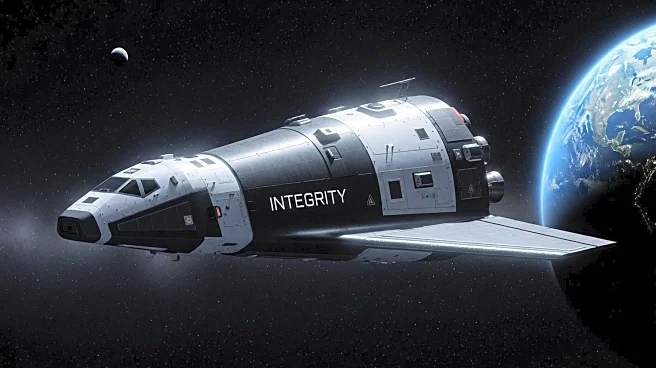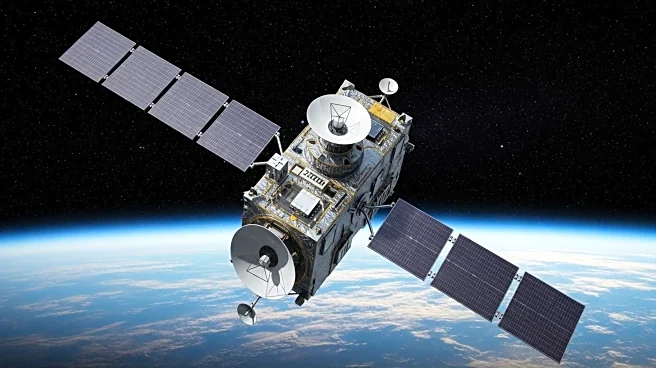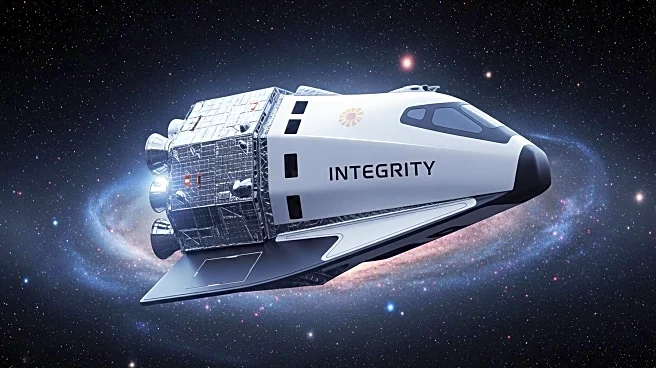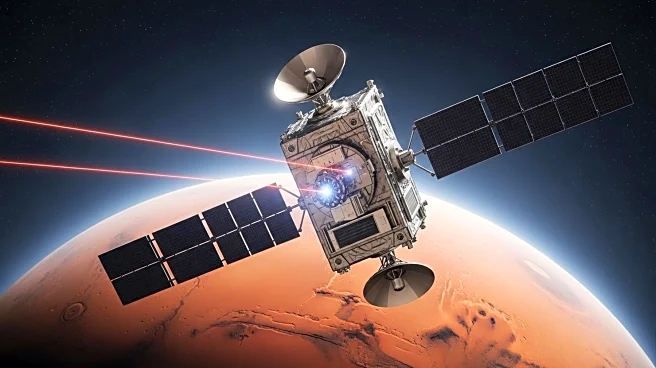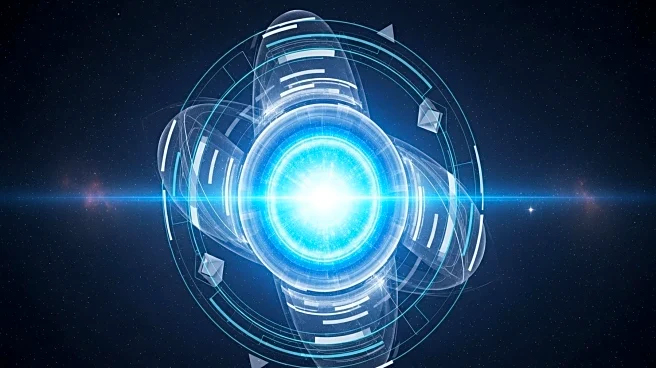What's Happening?
A new study suggests that the Moon's craters may contain vast quantities of platinum-group metals, such as platinum, palladium, and rhodium. Researchers estimate that nearly 6,500 lunar craters, formed by asteroid impacts, could hold these valuable minerals. The study, published in the journal Planetary and Space Science, highlights the potential for mining these resources on the Moon, which could be more advantageous than targeting asteroids orbiting the Sun. The findings suggest that mining missions to the Moon could yield significant economic benefits and support further space exploration by providing resources like water.
Why It's Important?
The potential discovery of precious metals on the Moon could revolutionize the space mining industry, offering a new frontier for resource extraction. This development could reduce the need for Earth-based mining, which is often environmentally damaging, and provide a sustainable source of metals for technological and industrial applications. The economic implications are significant, as the value of these metals could reach trillions of dollars. Additionally, the technology developed for lunar mining could advance space exploration capabilities, supporting missions to Mars and beyond.
Beyond the Headlines
The ethical and legal implications of lunar mining are complex, as international treaties currently govern the use of celestial bodies. The potential for resource extraction raises questions about ownership, environmental impact, and the equitable distribution of benefits. As interest in space mining grows, these issues will need to be addressed through international cooperation and regulation. The findings also highlight the importance of continued investment in space exploration and research to unlock the Moon's potential as a resource hub.


